As we celebrate Global Tiger Day today, I would like to shed some light on why saving tigers and their habitats will have a larger benefit like balanced ecosystems, eco-tourism, and overall better biodiversity for many other species. While protecting tigers, we will also preserve diverse species that share their habitat and natural resources.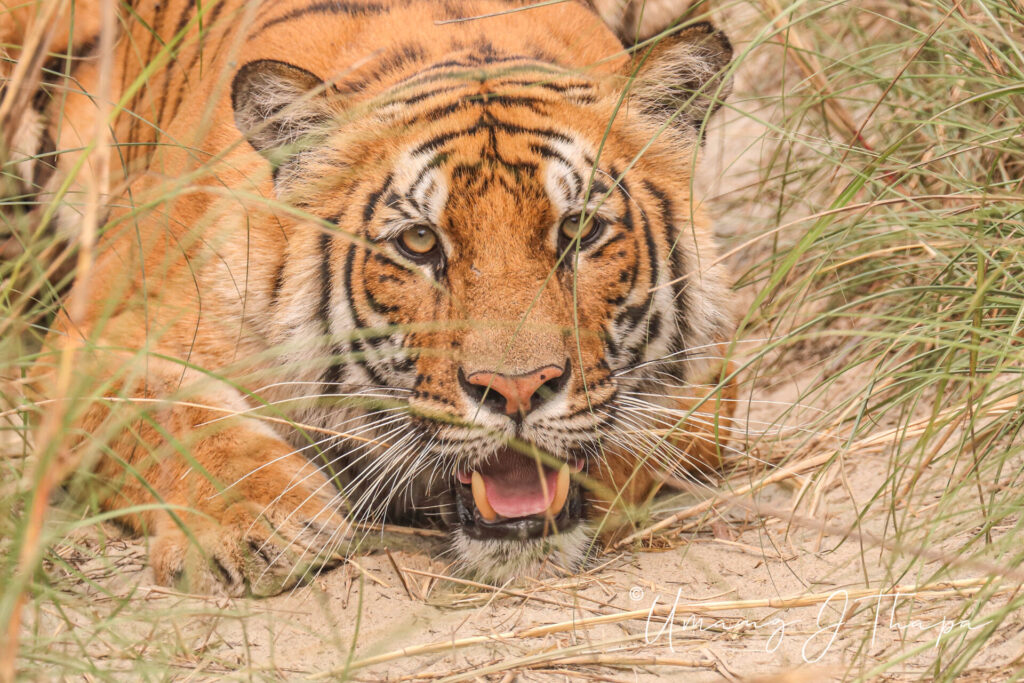
Two ways Tigers and their habitats can be further saved is by bringing further forested areas under protection and linking Tiger conservation with tourism :
- Implementing policies: that will convert further unprotected forested areas into new National Parks, Reserves, Buffer zones or forest corridors will ensure that Tiger habitats will be expanded and tigers can move freely between vast forested areas. This will lessen the instances of human-animal conflict as Tigers will have enough habitat to expand their territories coinciding with rising Tiger numbers as a result of successful tiger conservation efforts.

- Eco-Tourism: The existing National Parks, Reserves, and new ones formed will only sustain themselves well if they are well connected with eco-tourism activities that help the local communities and the National Park itself. This should be done with the engagement and involvement of locals that will result in support of conservation efforts. The income and jobs created by the eco-tourism activities will motivate locals to understand the significance of protecting tigers and their habitat.

I think Governments and Regulatory bodies sometimes underestimate the role that tourism plays in protecting and highlighting conservation issues like saving Tigers and their habitats.
Significance of Tourism for Conservation
I generally feel Tourism is the third eye of Conservation and sometimes the most significant. When tourists, visit different parts and remote areas of the Park in search of great sightings, they along with their nature guides are almost patrolling the park just like army personnel or forest departments responsible for protecting the Park. 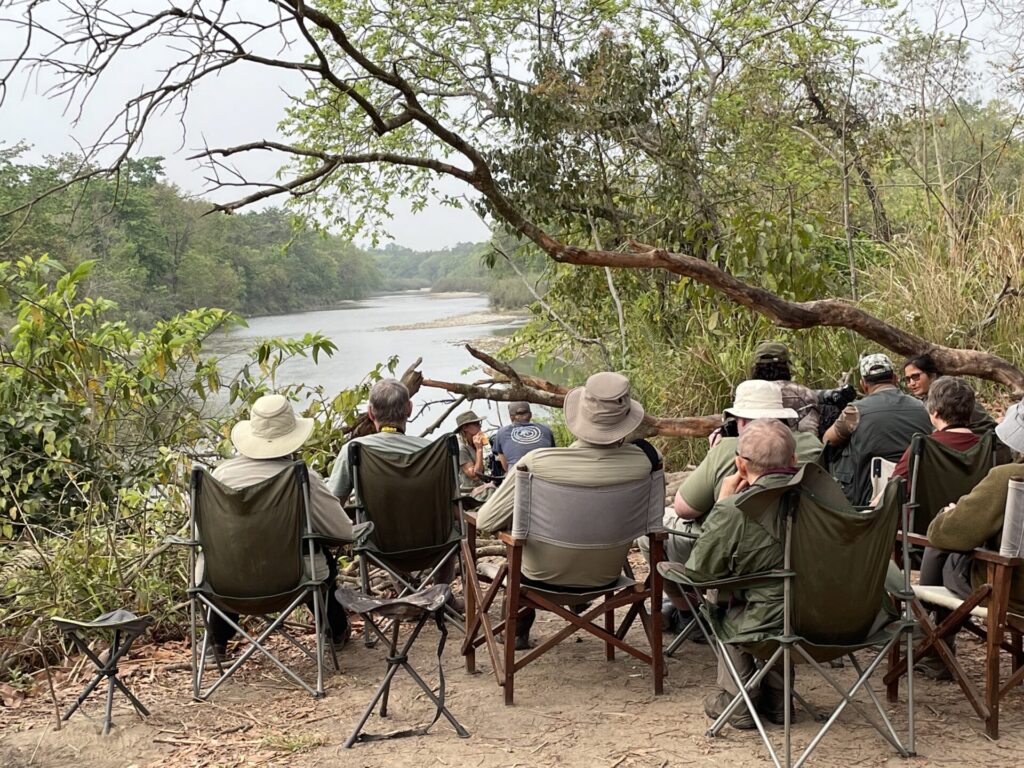
This movement of tourists within the park demotivates any poachers or entry of unauthorized people entering the protected areas. Additionally, Tourists have cameras that can capture and document animals being hurt, habitats being threatened, and species at risk through their photos and can inform the National Park bodies promptly.

In some of my visits and travels, I have also observed and informed to specific officials of incidences like the protected Gharial Crocodiles with fishing nets stuck in their snouts, sambar Deer, and spotted deer unable to walk having got their antlers stuck in barbed wires surrounding Community forests /buffers zones or Tigers with odd walk due to some wound in their legs and even presence odd unauthorized people inside the park fishing or collecting grass/wood, etc.
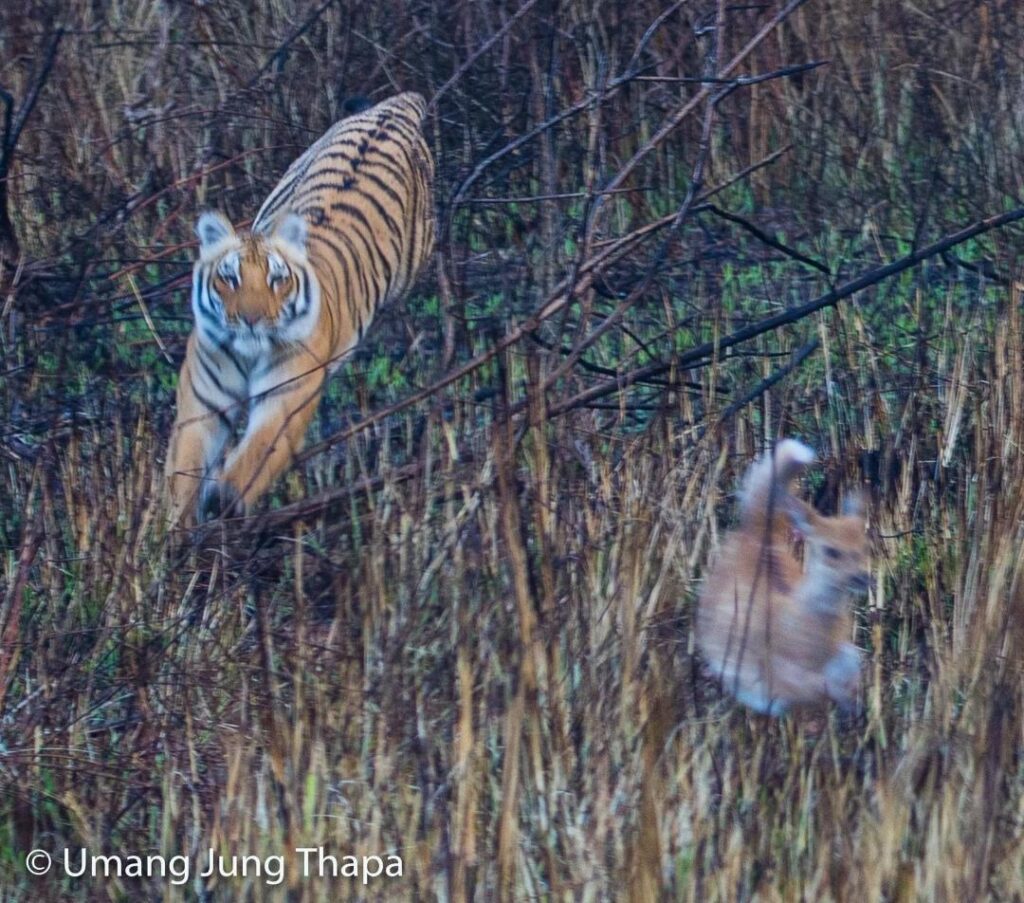
Hence, I believe we tourists, local communities and tourism entrepreneurs, National Parks, and Conservation agencies like WWF, NTNC, and ZSL all should work hand in hand in understanding the importance of collective conservation efforts in saving Tiger habitats. This shall ensure long-term sustained conservation success leading to better tiger numbers, more enriched habitat and biodiversity, less human-animal conflict, and eco-tourism benefits to all.

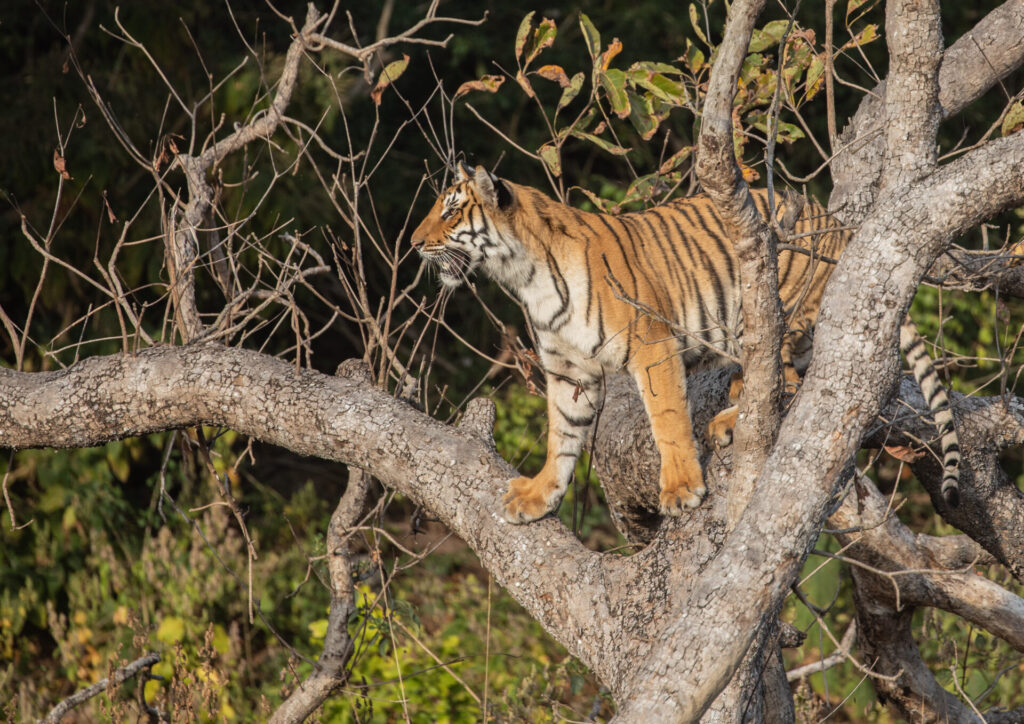
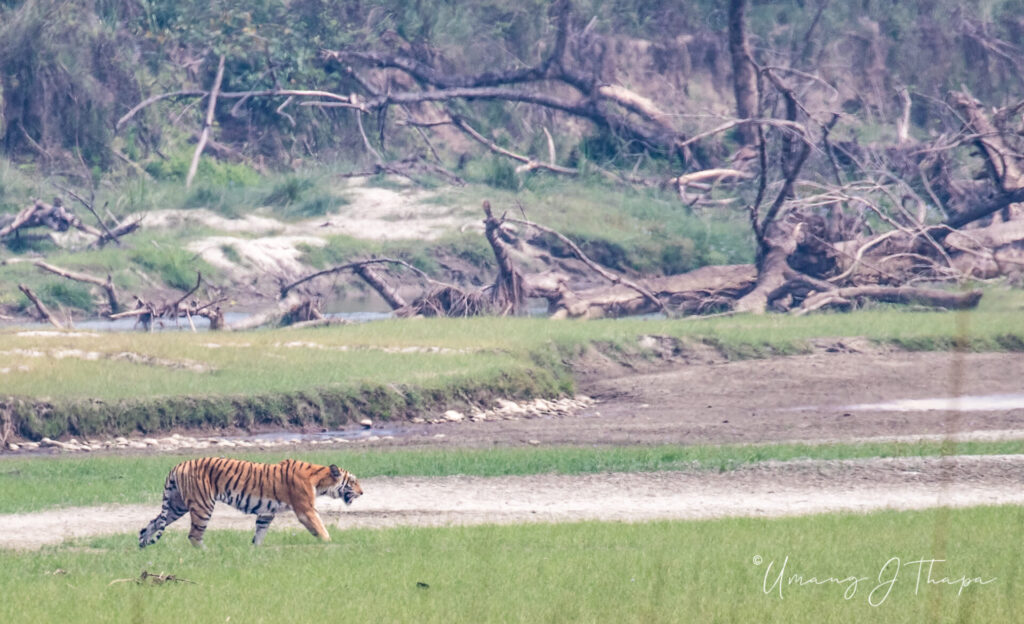
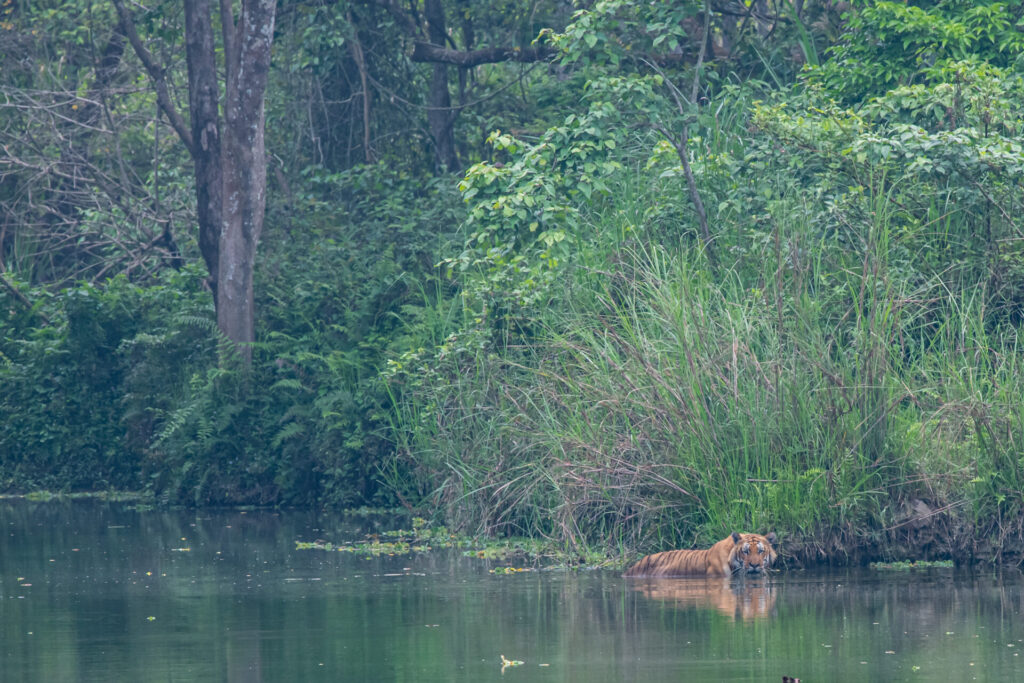
Excellent article. Most of the – not so regular – visitors to the jungle tend to think that tourism disturbs the tigers. Yes, but only if they are rowdy (and we do get these nuisance in large numbers), otherwise they are not even bothered about us. What you have written about tourism being the third eye of the conservation is totally correct. Many tigers in India have been identified travelling as much as (in one incident), 150km in search of habitat due to the images taken by tourists. Umang, keep on writing and spread awareness…you are doing a good job not only as a photographer but also as a conservationist!
Thank you dijju for your lovely review of the article and always inspiring me 🙂.
Well explained
Well explained dai. Regarding compensation to the locals from animals destruction as experienced is very troublesome to the victims, asking PAN number of the family head, victims need to come to Departments of forest for the petti sum making travel expenses more than compensation amount is very disappointing and discourage people on conversation of animals.
Yes bhai . Valid points
Very informative article for me as an tourism student sir.. Thank you so much for this !
Keep writing and exploring ( best wishes )
Thank you Bhai . I am glad you found it informative.